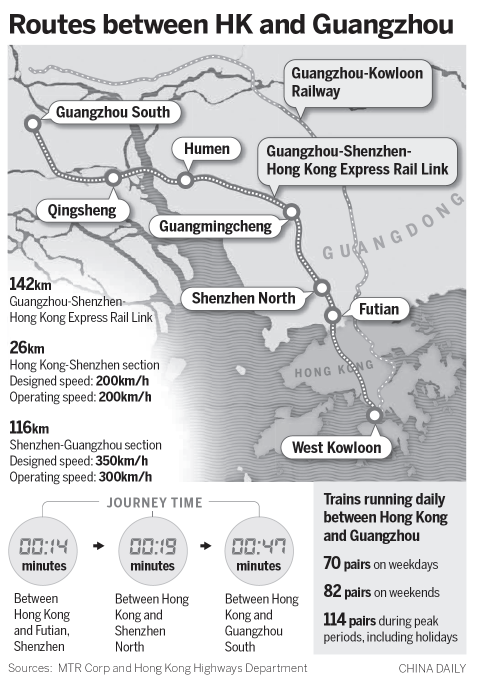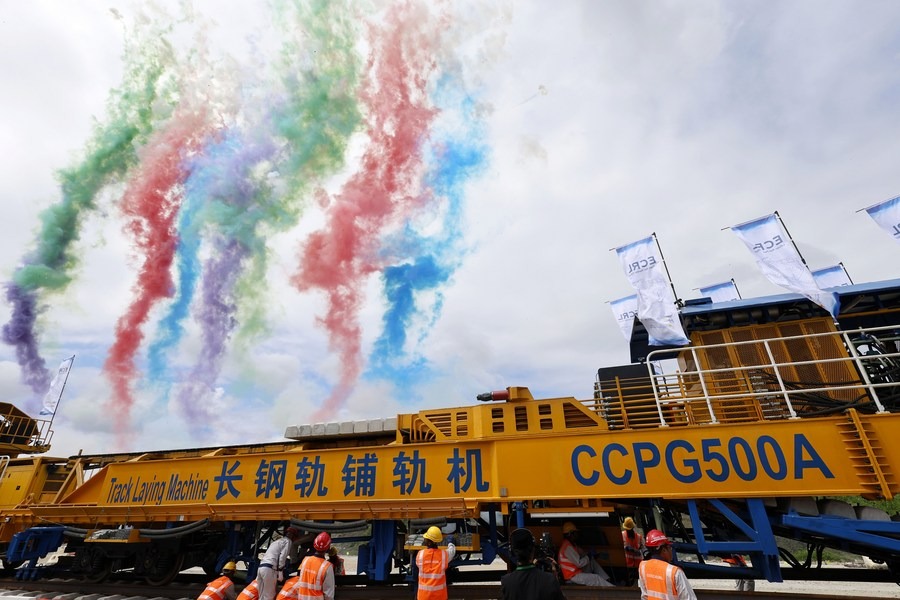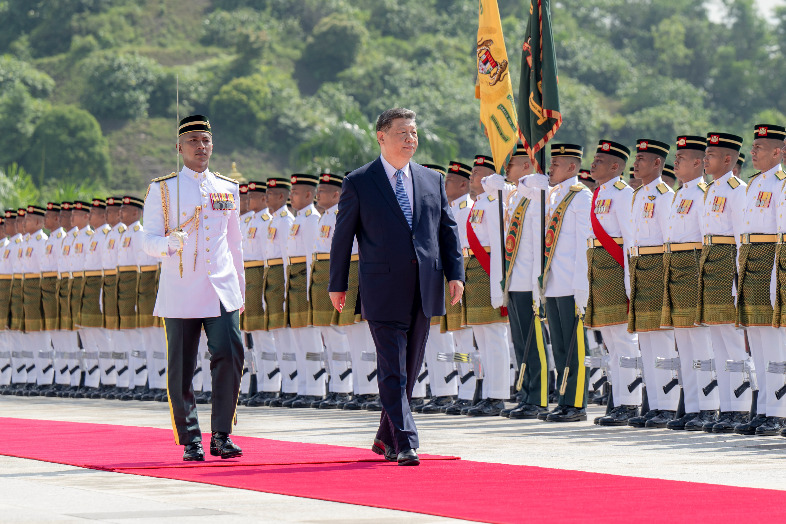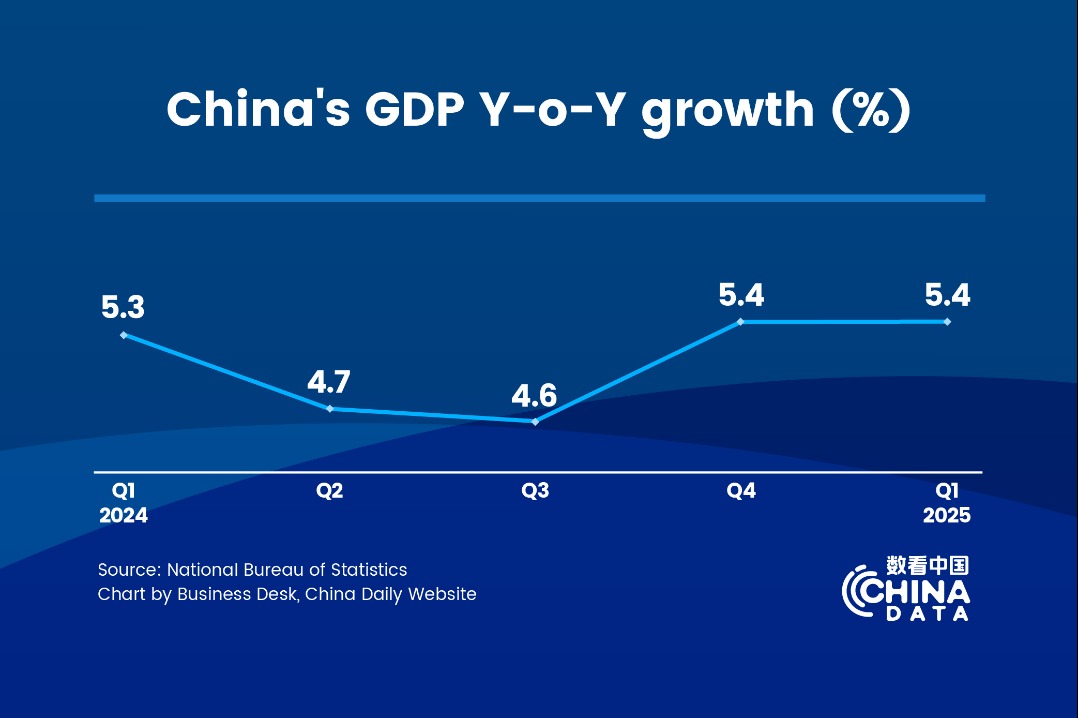Fast track to Bay Area integration


Carrie Lam Cheng Yuet-ngor, chief executive of the Hong Kong Special Administrative Region, said that with the combined effect of a series of cross-border infrastructure projects, including the XRL, the Hong Kong-Zhuhai-Macao Bridge and the third runway for Hong Kong International Airport, Hong Kong will have a better connection with the Bay Area and support the area's development by optimizing the flow of talent, goods and information.
Located in the Pearl River Delta, the Bay Area comprises nine cities in Guangdong, plus Hong Kong and Macao.
Last year, the total GDP contributed by all 11 cities in the region stood at 11.7 trillion yuan ($1.7 trillion), meaning that 5 percent of the national population contributed more than 14 percent of GDP in 2017.
The high-speed line connects Hong Kong to more than 25,000 km of track on the mainland, the world's longest rail network.
Direct trains can travel from Hong Kong to 44 destinations in 38 cities on the mainland at speeds up to 310km/h, including Beijing and Shanghai. Thirty-four of these cities are less than five hours away, including provincial capitals, such as Wuhan (Hubei province), Changsha (Hunan), Nanchang (Jiangxi) and tourism hubs including Xiamen (Fujian), Guilin (Guangxi Zhuang Autonomous Region) and Shantou (Guangdong).
The new link has triggered considerable excitement in Hong Kong. When advance tickets went on sale on Sept 10, people started lining up hours before the ticket office opened. Many jockeyed for position to experience their first ride on a high-speed train. Tickets for the first train on Sunday from Hong Kong to Shenzhen North sold out in four hours.
























